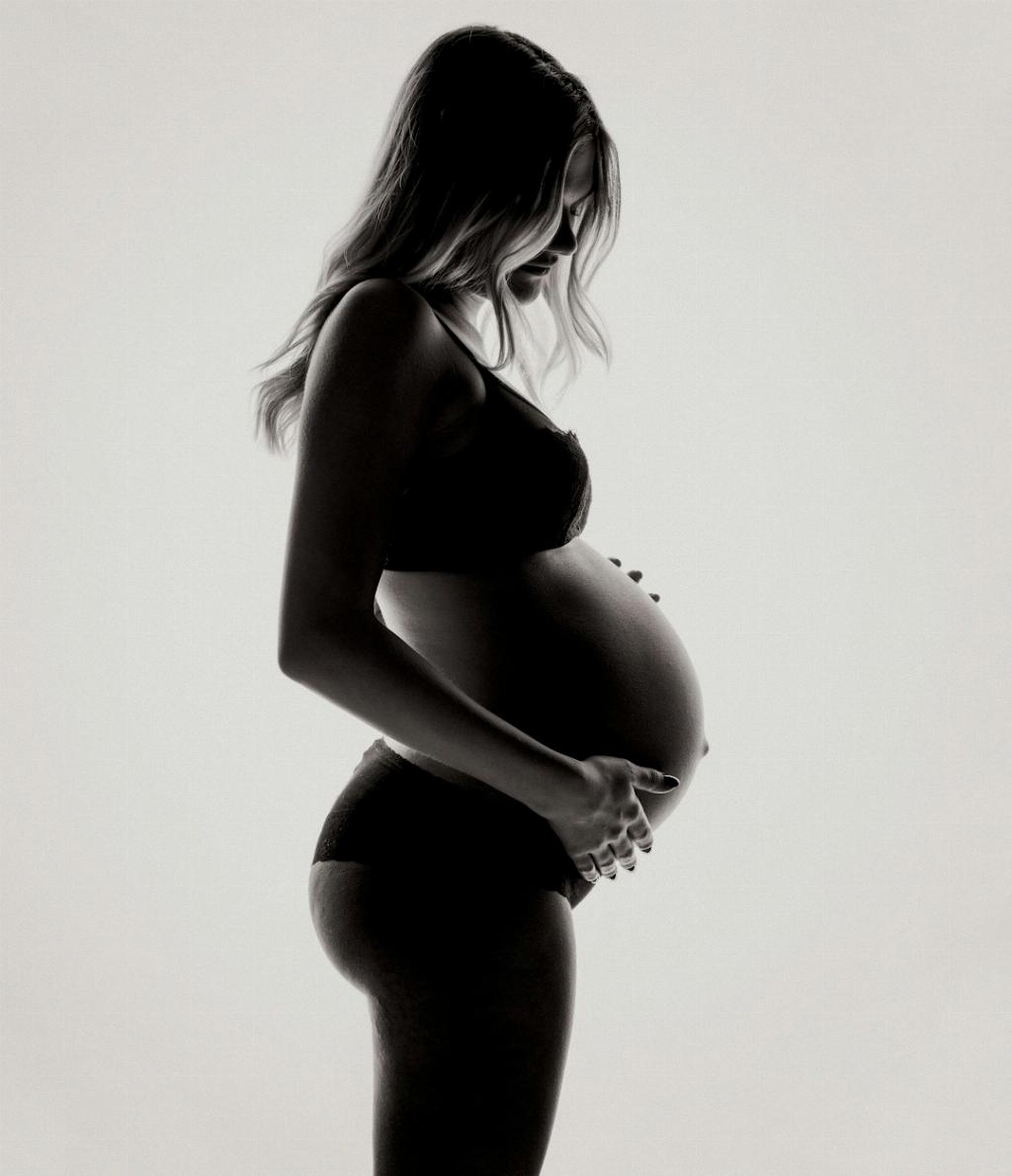So, you’ve recently undergone a C-section and are now looking for ways to manage the pain and discomfort that often come post-surgery. One innovative solution that many healthcare providers recommend is the use of a pain pump, specifically the ON-Q* pump. But what exactly is a pain pump after a C-section?
Essentially, the pain pump is a small disposable device that is filled with a local anesthetic medication designed to alleviate pain following surgery. It operates by continuously delivering this local anesthetic directly to or near the surgical site via specialized catheters. This targeted approach ensures that you receive days of effective pain relief after your C-section.
One of the primary advantages of using a pain pump after a C-section is its ability to provide localized pain relief. By delivering the medication directly to the affected area, the pump minimizes the need for systemic pain medications that can often result in unwanted side effects.
Moreover, the continuous delivery of the local anesthetic helps in maintaining a consistent level of pain relief, ensuring that you can comfortably manage your postoperative discomfort without the need for frequent medication doses.
Another benefit of the pain pump is that it can significantly reduce the reliance on oral pain medications, which may cause nausea, drowsiness, or other adverse reactions. By using a pain pump, you can experience more targeted pain relief while minimizing the risk of systemic side effects.
Furthermore, the convenience of the pain pump cannot be overstated. Once the device is set up by your healthcare provider, you can go about your daily activities without the hassle of worrying about frequent medication schedules or potential medication interactions.
It’s important to note that the use of a pain pump after a C-section is generally well-tolerated by patients. The mild discomfort associated with placing the catheters is typically outweighed by the significant pain relief benefits that the pump provides in the days following surgery.
Additionally, the pain pump offers a safe and effective alternative to traditional pain management strategies, allowing you to focus on your recovery and well-being without the burden of intense postoperative pain.
As with any medical intervention, it’s crucial to discuss the potential benefits and risks of using a pain pump with your healthcare provider before making a decision. They can provide personalized guidance based on your individual medical history and surgical outcomes.
In conclusion, the pain pump after a C-section is a valuable tool in managing postoperative pain effectively. By delivering localized pain relief with minimal side effects, the pump enables patients to experience a smoother recovery process and improved overall comfort following surgery.

